In honour of the 150th anniversary of Jean Sibelius’s birth, the Lahti Symphony Orchestra organized its annual Sibelius Festival on a grander scale than usual – a week in all, from 31st August to 6th September 2015, during which more than twenty concerts and events took place. At this, musically the most extensive worldwide Sibelius occasion in his jubilee year, the performers at the Sibelius Hall included not only the Lahti Symphony Orchestra but also the BBC Symphony Orchestra from London and the Helsinki Philharmonic Orchestra.
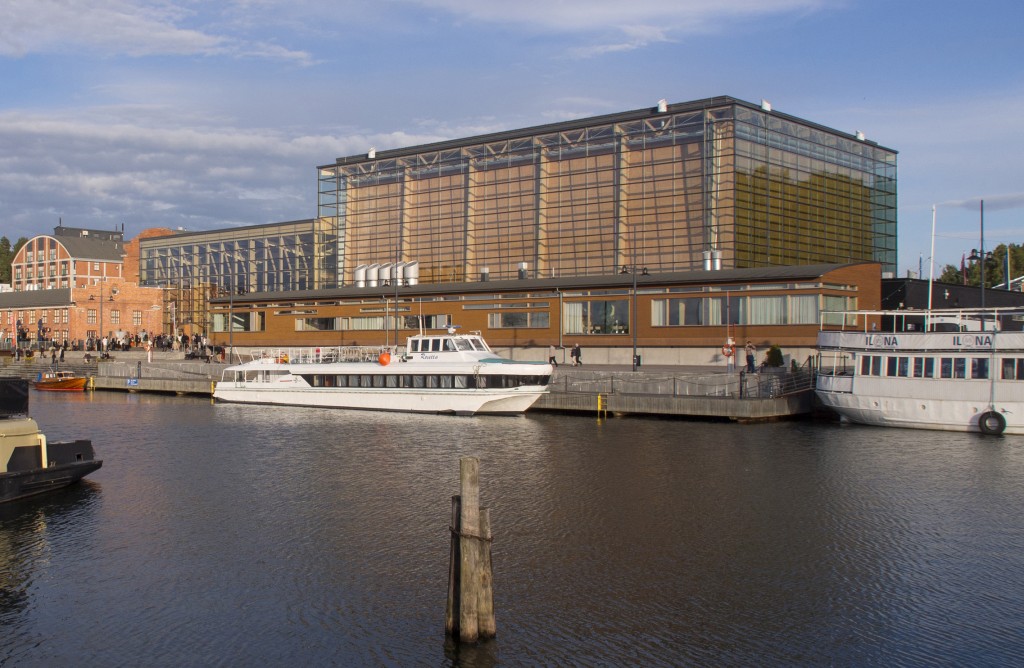
Concerts took place at the Sibelius Hall and the Lahti Music Institute’s Kalevi Aho Hall, and a total of 8,200 tickets were sold. Including associated events, the number of visitors to the festival exceeded 12,000 in total.
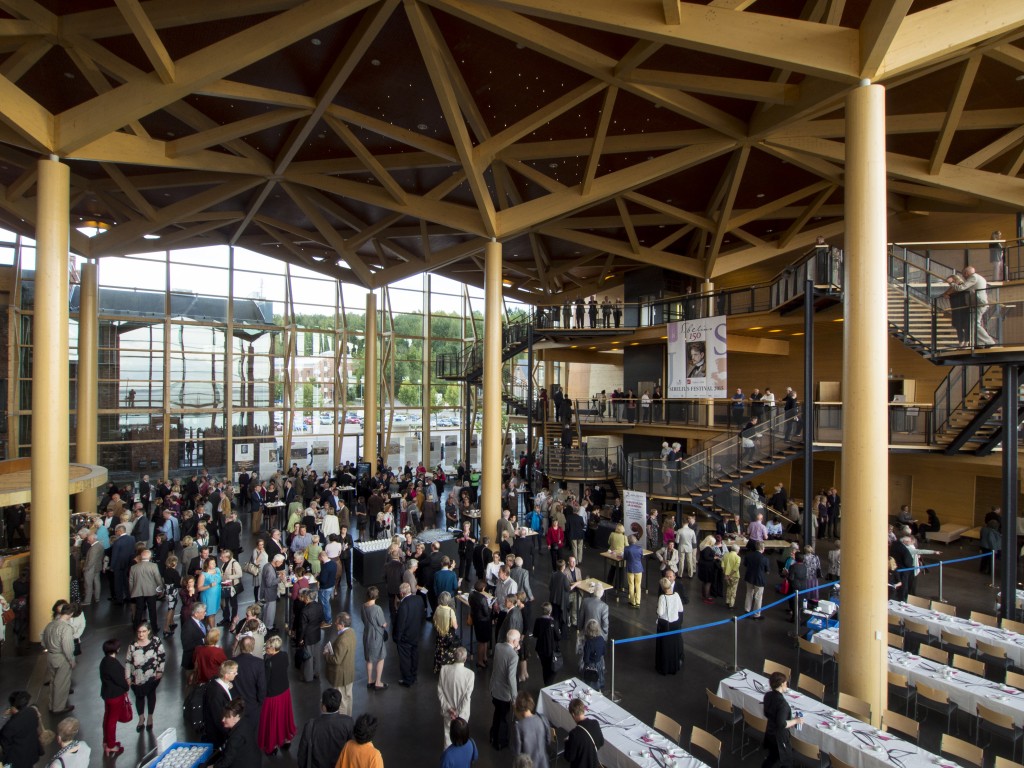
Over the years the Lahti Symphony Orchestra’s Sibelius Festival has attracted the interest of the public and journalists internationally, and in this respect too the 2015 Festival set a new record. Around 40% of ticket sales went to overseas visitors, with members of the audience (both individuals and groups) coming from, for example, the USA, Australia, Canada, South Korea, Japan, Great Britain, the Netherlands, Germany, France, Switzerland, Spain, Belgium, Norway and Sweden. Press representatives were in attendance from countries including Austria, the USA, Japan, China, Mexico, the Netherlands, Russia, Great Britain, South Africa, Israel and Turkey.
At the total of six orchestral concerts at the 2015 Sibelius Festival, the conductors were Okko Kamu (the festival’s artistic director), Osmo Vänskä, Jukka-Pekka Saraste, Sakari Oramo and Leif Segerstam. The programmes presented the majority of Sibelius’s essential orchestral output, including all seven symphonies, Kullervo, the Violin Concerto, Lemminkäinen and numerous other symphonic poems. As well as orchestral concerts, there were chamber concerts and other Sibelius-themed events, including a total of eight pre-concert talks, six in English and two in Finnish. New perspectives on Sibelius’s music were offered by a series of ‘Alternative Sibelius’ club concerts organized in collaboration with the Arts Promotion Centre Finland.
A Sibelius jubilee exhibition organized by the Lahti Symphony Orchestra opened on Monday 31st August 2015, and will be open during the autumn in the Forest Hall at the Sibelius Hall.
In conjunction with the festival two awards were also presented. The Spirit of Nature Wood Architecture Award – awarded this year for the eighth time by the Wood in Culture Association – was presented to Mika Airaksela. The Asko Avonius Design Prize, awarded by the Asko Foundation, was won by the interior designer Samuli Naamanka.
Source: Lahti Symphony Orchestra press release
Orchestral Concerts
Review by Leon Chia
On the opening night of the 2015 Sibelius Festival, Finnish maestro Leif Segerstam conducted the Helsinki Philharmonic Orchestra. Fielding eight double basses, the orchestra brought expansive breath to the music, the hallmark of Segerstam. They gave the performance of Tapiola and Lemminkäinen a sense of massive scale, depth and drama. And yet, the Helsinki musicians managed to showcase transparency in the score, with lines of instrumentation not often heard coming to the surface. The dramatic power of the performance was such that the famous 2-bar silence in Tapiola (bb. 28–29) as well as the end of the tone poem gripped the audience with palpable tension. The applause did not begin for several seconds.
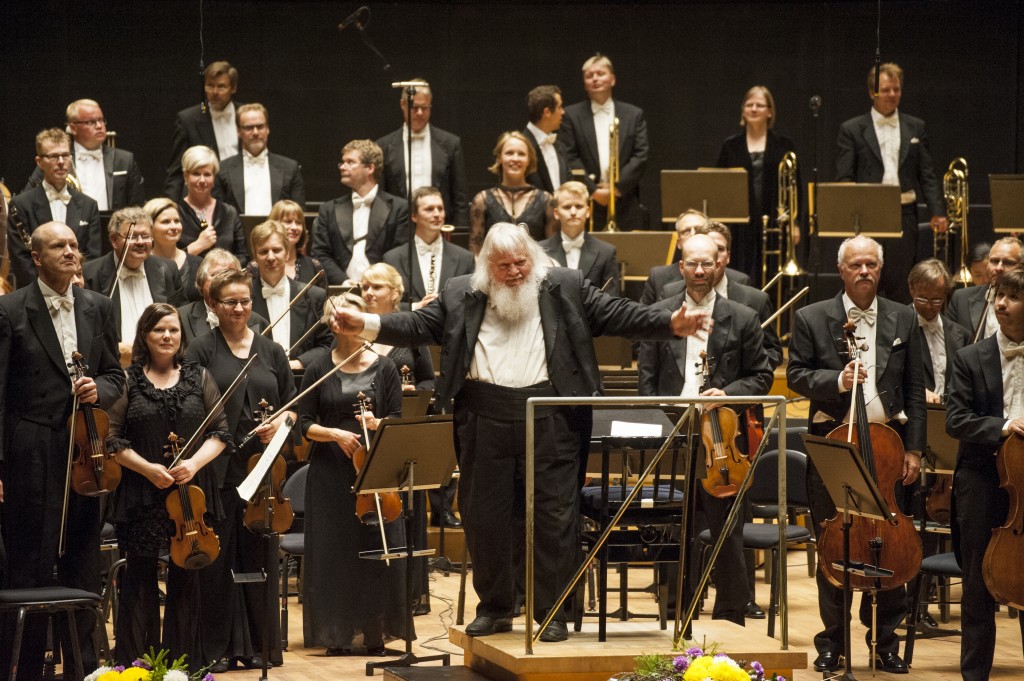
Even more spellbinding was the performance of Luonnotar featuring Finnish soprano Anu Komsi, who is new to me. Her voice exuded power as well as the vulnerability suited for this magical tale of creation. Scaling heights with quiet strength, elegant drops into a whisper, sensitively applied vibrato and even the use of body language to add to the drama, Komsi made this a memorable Luonnotar, a rendition of great artistry.
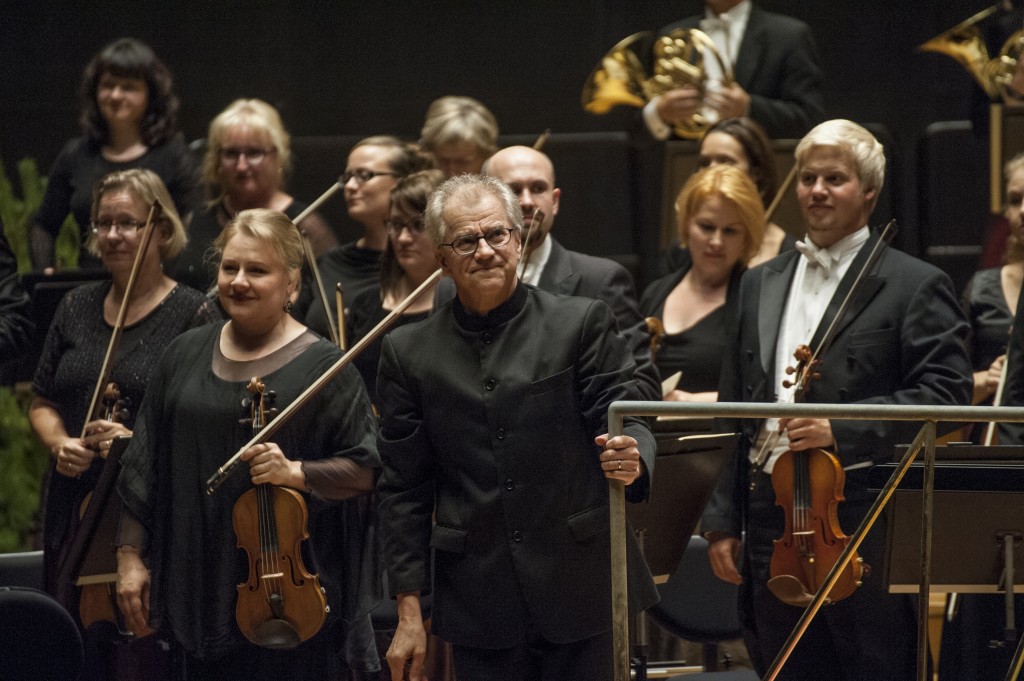
Day 2: Personally, and speaking as a non-Finn, the Fourth Symphony has always been harder for me to appreciate. Finns have often described its beauty, whereas I often read about its darkness and resignation and ideas of ‘fate’. But on Day 2 of the festival, the performance by the Lahti Symphony Orchestra under their former director Osmo Vänskä, was for me, the most beautiful experience among the three pieces in the program. This is unusual for me as I – like many of you – am very fond of the Third Symphony, ‘the most innocent’ of Sibelius’s ‘children’. Instead, the sensitive musicianship of the Lahti Symphony Orchestra under Vänskä’s commanding presence was filled with wintry beauty and a profound solitude that possessed strength and purpose. On this day, I learned to appreciate the Fourth in new ways.
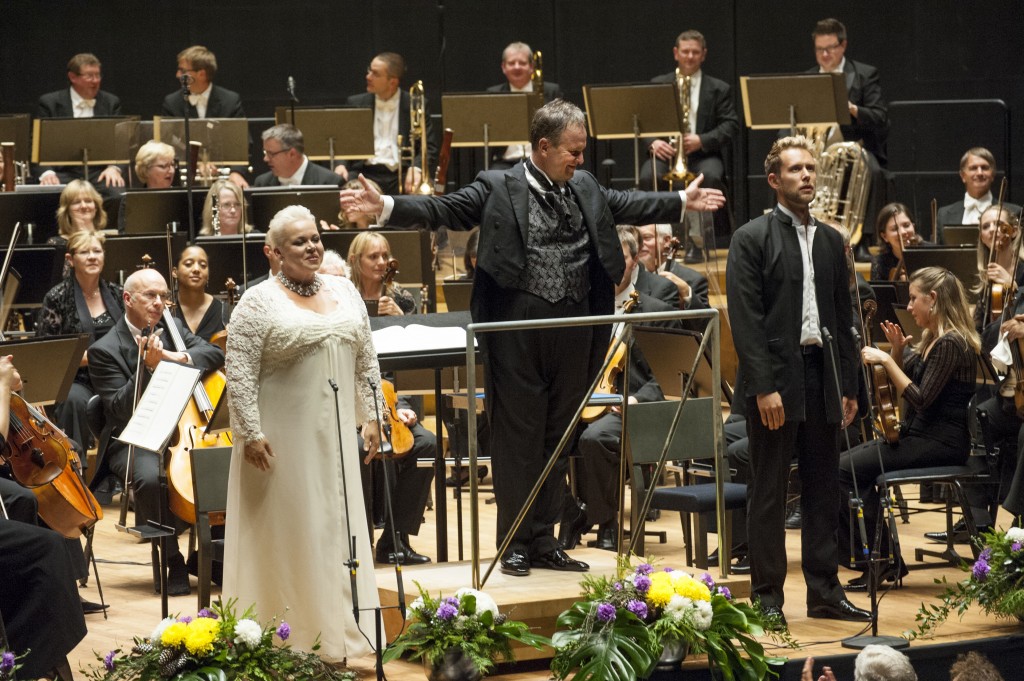
On Day 3 of the Sibelius Festival, I had to ask a question I have often asked about Kullervo: how can a nation not wake up to this? The performance of Sibelius’s massive choral-orchestral drama by the BBC Symphony Orchestra and the Polytech Choir under conductor Sakari Oramo showed exactly what impact the work must have exerted on its unsuspecting audience in 1892. The BBC Symphony Orchestra stunned the audience at Sibelius Hall with its raw power and monumental strokes of high drama. With sensitive and fine performances by soprano Johanna Rusanen and baritone Waltteri Torikka, the tragi-heroic pulse, ephemeral romance and final execution song of the finale were forged to dramatic perfection by Oramo. The entry of the Polytech Choir in the third movement boomed with palpable force, their singing fervent and vigorous, matched only by the almost wild abandon of the instrumentalists on stage below. So awesome was this performance that, despite the big bang of the final chord, the audience sat in stupified silence for five whole seconds before breaking into applause, which soon grew into a full-house standing ovation – much deserved. The Gallen-Kallela portrait banner of the composer, hanging high and imposing from the ceiling, seemed to almost beam with pride.
The original plan for the programme began with the cantata The Origin of Fire, but this was sadly changed to En saga. However, any disappointment over this disappeared as we were given one of the most spell-binding performances of En saga I have ever heard. Orchestral finesse aside, the BBC Symphony Orchestra impressed thoroughly with many a superb soloist – from the poignant violist to the mellow, ancient sound from the flute, to the lonely melancholy of the clarinet and even the heroics of the bass drummer – the entire concert proved that, as in the past, British orchestras are still a force to be reckoned with in the world of Sibelius performance – especially with a Finn at the helm.
Day 4: While it is easy to be impressed by the heroics of Sibelius’s Second Symphony – a piece that has converted many (including this writer) to the music of the composer – what matters more is the pulse of the performance. And in this, the BBC Symphony Orchestra succeeds without question. Minor flubs aside, the underlying rhythms and pacing from section to section, especially in the glorious finale, was as satisfying as it was convincing. The magnificent coda stormed the great concert hall of Sibelius Hall, its wonderful acoustics concentrating the huge final brass paean in golden grandeur, the concluding orchestral tutti blazing with power and richness.
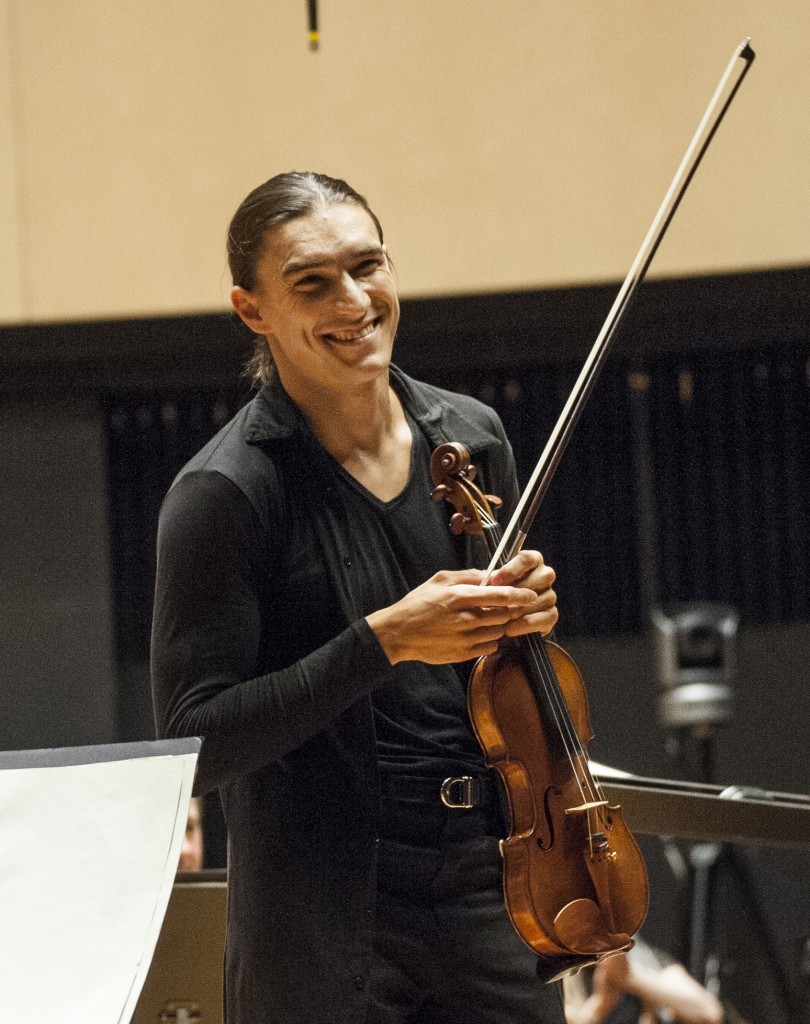
‘Rich’ also describes the playing of the soloist tonight, 32-year-old Russian violinist Sergey Malov, in Sibelius’s Violin Concerto. Although his violin voice is relatively small – some would say due to his specialization in chamber and baroque music – his nuanced and sensitive performance of the Concerto nevertheless won the hearts of the audience. Explaining his Hungarian roots and how it links to the early performances of the Violin Concerto by Hungarian compatriot Ferenc von Vecsey, Malov presented an encore featuring the final movement (Presto) from Bartók’s Solo Violin Sonata. Here, Malov’s subtle colours and finesse also came into play, producing an evocative atmosphere of mystery and energy that Sibelius would probably have appreciated.
During the Lahti Sibelius Festival this year, credit must also be given to the fine gentlemen who increased attendees’ knowledge and appreciation of Sibelius with their well-written pre-concert talks and evocatively curated musical examples. The English pre-concert talks were given by Terry Barfoot (director, Arts in Residence, UK), Roy Westbrook (former head of music day schools at Oxford) and Andrew Barnett, Sibelius biographer and general manager of Sibelius One). An interview with Janne Virkkunen, great-grandson of Jean Sibelius, was also conducted by journalist Heikki Hakala.
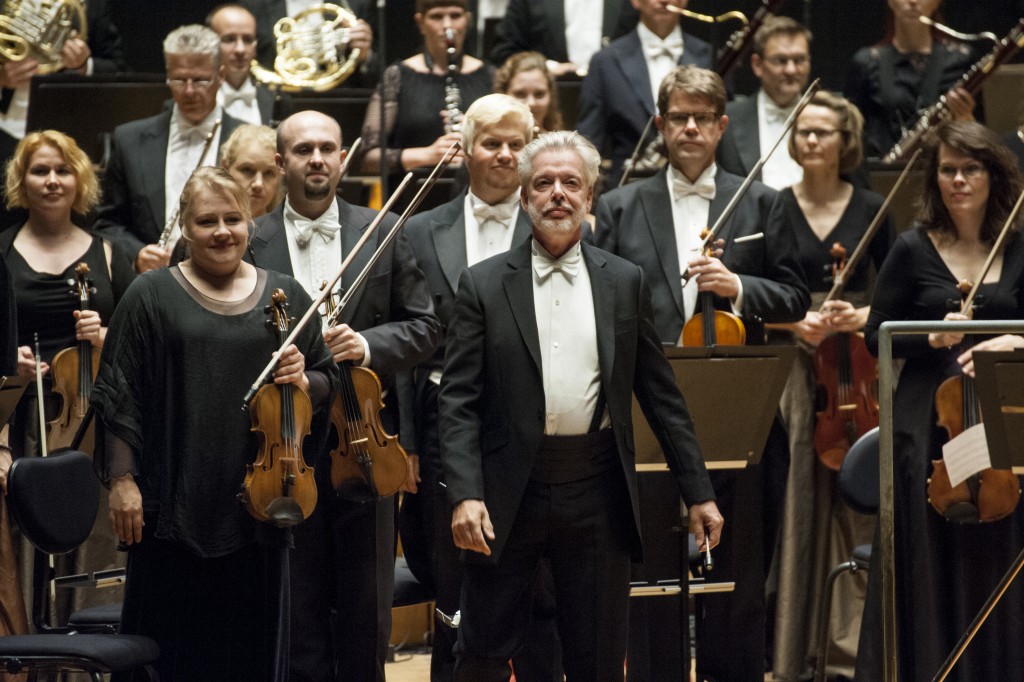
On Friday 4th September, Day 5 of the festival, Finnish conductor Jukka-Pekka Saraste took the baton to lead the Lahti Symphony Orchestra in Sibelius’s First and Fifth Symphonies. The former was played with great feeling and fervour, the latter with regal lyricism and conviction – the final chords in both symphonies, such unique endings in symphonic music, delivered with sensitive precision and meaning. Truly, as Saraste once described in an interview, the final chords and silences of the ending of the Fifth echoed into eternity. Likewise, the melancholy of The Bard brought us to a time and place resonating from long, long ago; and to conclude a night full of stirring yet contrasting emotions, the orchestra and conductor presented the audience with an encore of the Scene with Cranes from Kuolema. It was a marked contrast to the triumphant ending of the Fifth – but in an interesting coincidence, was a piece mentioned in detailed in Andrew Barnett’s talk, alongside the theme of swans. These great birds brought meaning to Sibelius’s life and music, and they made their calls heard in the festival as well.
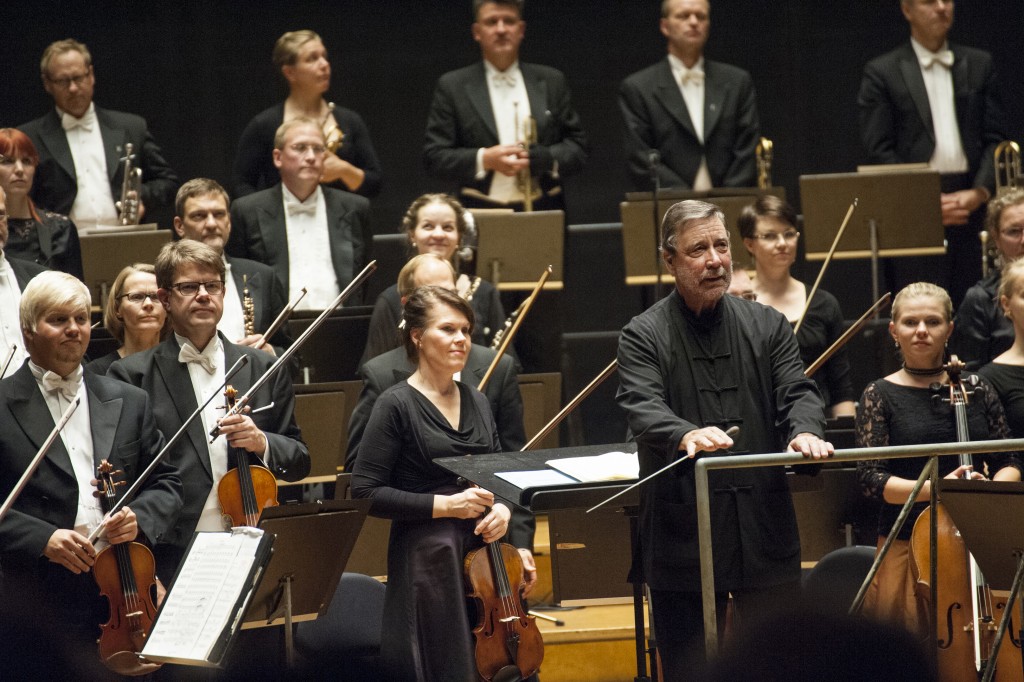
Back in the late 1990s, when Okko Kamu first became the principal guest conductor of the Singapore Symphony Orchestra, he was little known in my country – but I knew who he was owing to my interest in Sibelius. I remember fondly how I found him, on more than one occasion, having a quiet break in the foyer of the Victoria Concert Hall in Singapore, seemingly unrecognized by concertgoers. At that time, my love of Sibelius was growing from year to year. It seemed to me more than a little fortunate and curious that a Finnish conductor would appear on the scene just as I was soon to begin writing in earnest about Sibelius’s music online. I asked maestro Kamu if he could one day perform the Seventh Symphony, among other pieces, ‘live’ in Singapore. And one day in 1999, he did. Now, 16 years later, I have had the privilege of hearing Okko Kamu conduct the Seventh, my personal favourite, in the land of Finlandia, and it felt as if the wheel had come full circle for me.